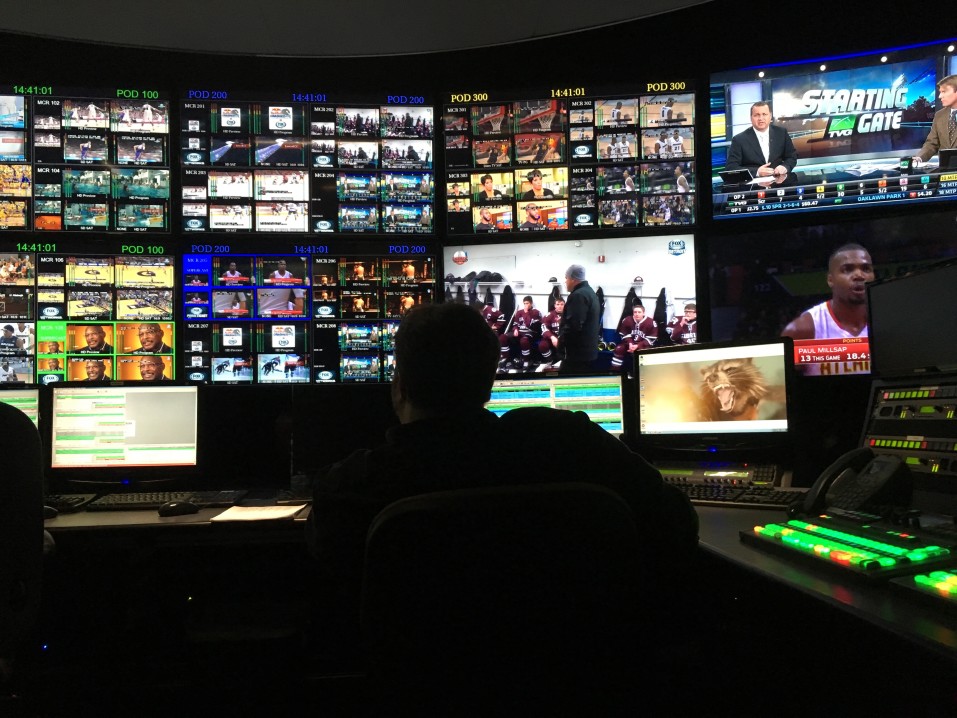
Image Courtesy: Analytics India Magazine

Image Courtesy: Analytics India Magazine
How fit an athlete is? How is his or her match performance? How about the performance of an athlete in a particular session? Which player to buy in an auction? These are the few queries that would be significant for an athlete, a team, or team management.
Sports Analytics is an umbrella term that comprises an analysis of an athlete, a team, or team management through various forms of data. However, the data-crunching in sports could be categorized in two ways; sports statistics and fitness statistics (grossly). Sports statistics is could be simplified in the following ways:
As a sports analyst, it is too important to analyze the above-mentioned points during the in-session time; these analyses could also be stated as on-field analysis. In, sports statistics; the data are in the form of numerical data, categorical data, and image type data.
Fitness statistics state all the data concerning the fitness attributes of an individual athlete that could cause an impact on the performance. For example; to test the cardiovascular endurance of an athlete Yo-Yo test is conducted, to test agility T-test is conducted, however, these are few examples of the field-based test.
A large spectrum of laboratory-based tests is also conducted in various sports science centers like ISOKINETIC DYNOMOMETER, FORCE PLATE, ELECTROMYOGRAPHY, etc. that provide too much amount of data.

The application of supervised and unsupervised machine learning algorithm to benefit the performance of an individual athlete and a team is:
The coach of a team has asked to categorize the athlete based on the fitness; they have given fitness test data conducted by them. Thus, this analysis will help to coach to determine fitness level and make the Strength and conditioning program for a particular group depending upon the cluster.
It would be quite interesting if we knew about which all fitness parameters suit to play that particular sport and predict the child that they should opt for that sport. So, to help sports management to classify an athlete or a child to choose particular sports depending upon a fitness parameter and not by liking.
An approach of regression technique particularly in cricket is to predict how much a team will be going to score in a match or how much a batsman will score. To predict the runs Linear Regression technique will be used.
Video analytics is widely used in the sports and fitness domain to analyze posture and motion analysis to figure out the asymmetries present in an individual body. With the implication of deep learning algorithms like Convolutional Neural Networks (CNNs) various models could be built and help in better understanding of deviation in posture and technique of an athlete.
Thus, data science implications could be beneficial for an individual athlete to a team and at last nation by fetching medals in various events.
Authored By:
SWETANK PATHAK, originally published 2/6/2021 in Analytics India Magazine.
Swetank is a Sports Data Scientist with extensive knowledge of sports science who aims to provide betterment of sports teams and individual players in a data-driven approach with a prime focus on athlete performance and injury management and with experience executing data-driven solutions to increase efficiency, accuracy, and utility of internal data processing. Currently pursuing Post Graduate Program in Data Science and Business Analytics at The University of TEXAS at AUSTIN, McCombs School of Business & Great Lakes Institute of management.